Resilience Amid Ruins: Documenting Armenia's Journey Through Conflict and Recovery
From war-torn Nagorno-Karabakh to the resilient streets of Yerevan, Armenia's indomitable spirit and ongoing struggles are captured through the lens of Vudi Xhymshiti.
Armenia, a country nestled in the South Caucasus region of Eurasia, is bordered by Georgia to the north, Azerbaijan to the east, Iran to the south, and Turkey to the west. This region, steeped in a history of conflict, has been ruled by various empires including the Roman, Persian, Ottoman, and Russian.

In 2020, the long-standing conflict between Armenia and Azerbaijan over the disputed Nagorno-Karabakh region erupted into war. Though internationally recognised as part of Azerbaijan, Nagorno-Karabakh is predominantly inhabited by ethnic Armenians. The conflict, which had simmered for decades, flared up in September 2020, resulting in thousands of deaths and the displacement of tens of thousands.
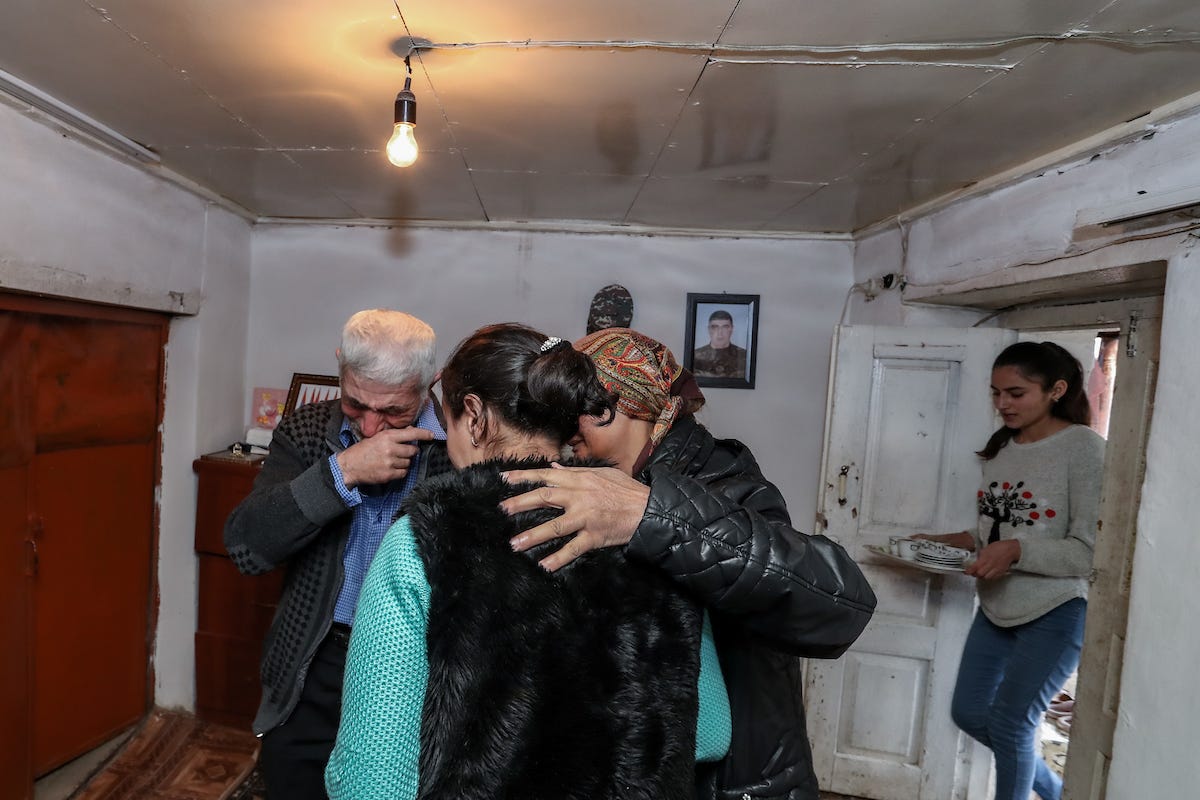
Drawn to the region to document the war's impact, I spent four months in Armenia, exploring its culture, history, politics, and customs, while reporting on the conflict and the resultant displacement. The war officially ended with a Russian-brokered peace agreement in November 2020, but tensions remain high, and the situation in Nagorno-Karabakh is still volatile. I continue to monitor developments closely, ready to return at a moment's notice.
Nagorno-Karabakh 2020:
The landlocked enclave of Nagorno-Karabakh, located within Azerbaijan’s official borders but governed by ethnic Armenians, has been the focal point of devastating conflicts from 1991 to 2020. The 44 days of intense fighting between Azerbaijani and Armenian forces culminated in a Russian-brokered peace deal on 9 November 2020. This agreement, while celebrated in Azerbaijan, sparked outrage in Armenia. Under its terms, Azerbaijan retained control over several areas captured during the conflict, while Armenia agreed to withdraw from other adjacent regions.
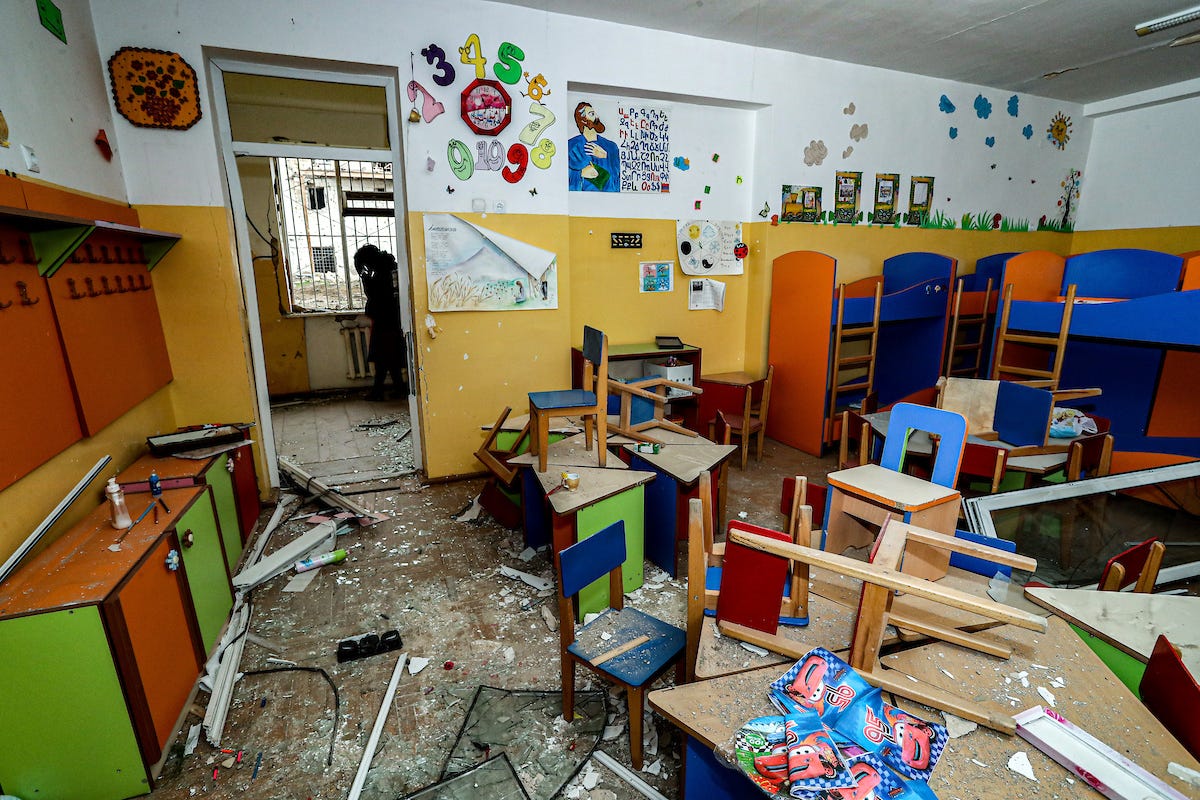
Throughout the conflict, I travelled the Lachin Corridor, observing the aftermath of shelling on civilian residences, shepherds tending their flocks, and the rugged beauty of the mountains. I witnessed the coexistence of Azerbaijani forces and Russian peacekeepers who control the corridor, ensuring the safe return of displaced residents and the movement of civilians and military vehicles.
Daily Life Amidst Conflict:
On 23 December 2020, in Stepanakert, I met with women leaders of the self-proclaimed Republic of Artsakh. These women, members of the national assembly, educators, and heads of shelled schools, exhibited remarkable strength and resilience, standing together to rebuild their community and support their children amidst the ruins of Azerbaijani bombshells.
One poignant encounter was with Alihan Gregorian, who mourned the loss of his only son, killed during the conflict. His grief was a stark reminder of the war's personal toll on the families in the region.
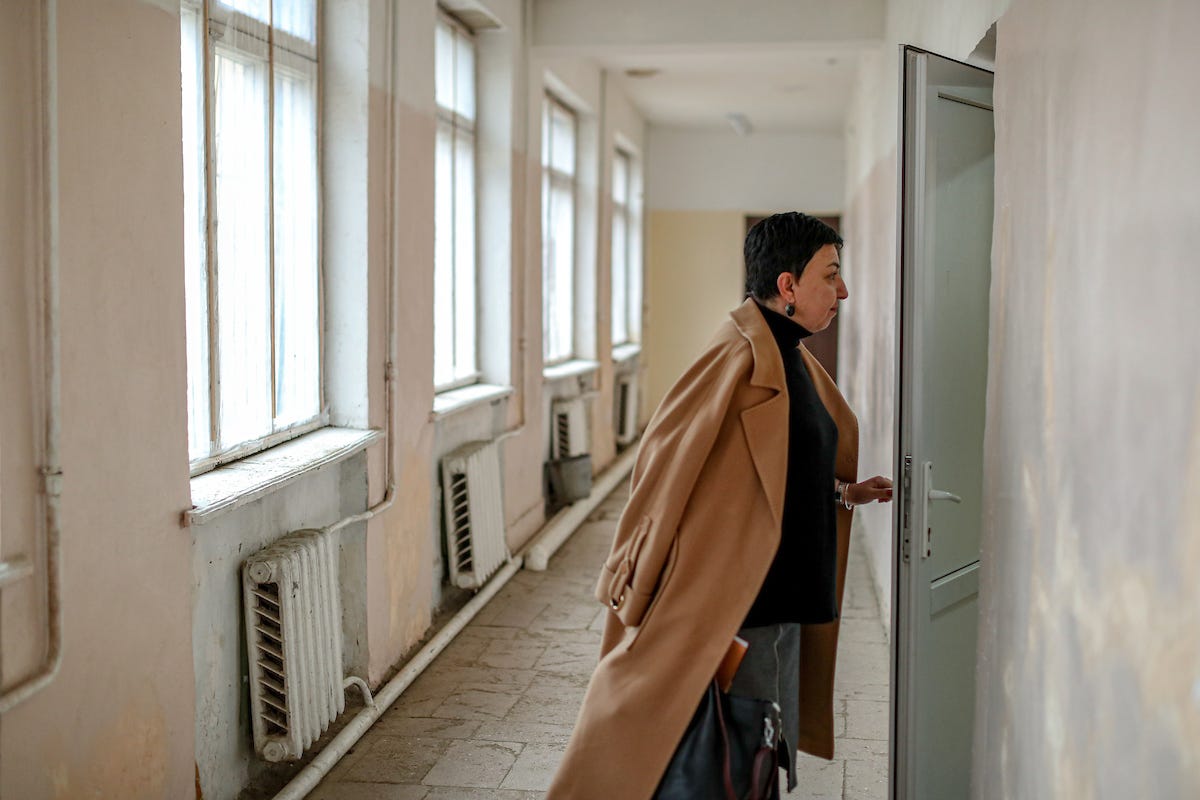
Displacement and Resettlement:
The conflict displaced an estimated 92,639 people by December 2020. In Metsamor, I visited the Soviet Hotel, now housing displaced families from Nagorno-Karabakh. Alexander Alexanian, a 62-year-old father of three, expressed his longing to return home despite losing his leg in the 1992 conflict and the recent disappearance of his son-in-law during the war.

In Yerevan, Yerablur Military Cemetery stands as a sombre testament to the lives lost in the ongoing conflict. Families mourn their loved ones, and soldiers killed in the 2020 war are honoured with candlelit marches to the cemetery.
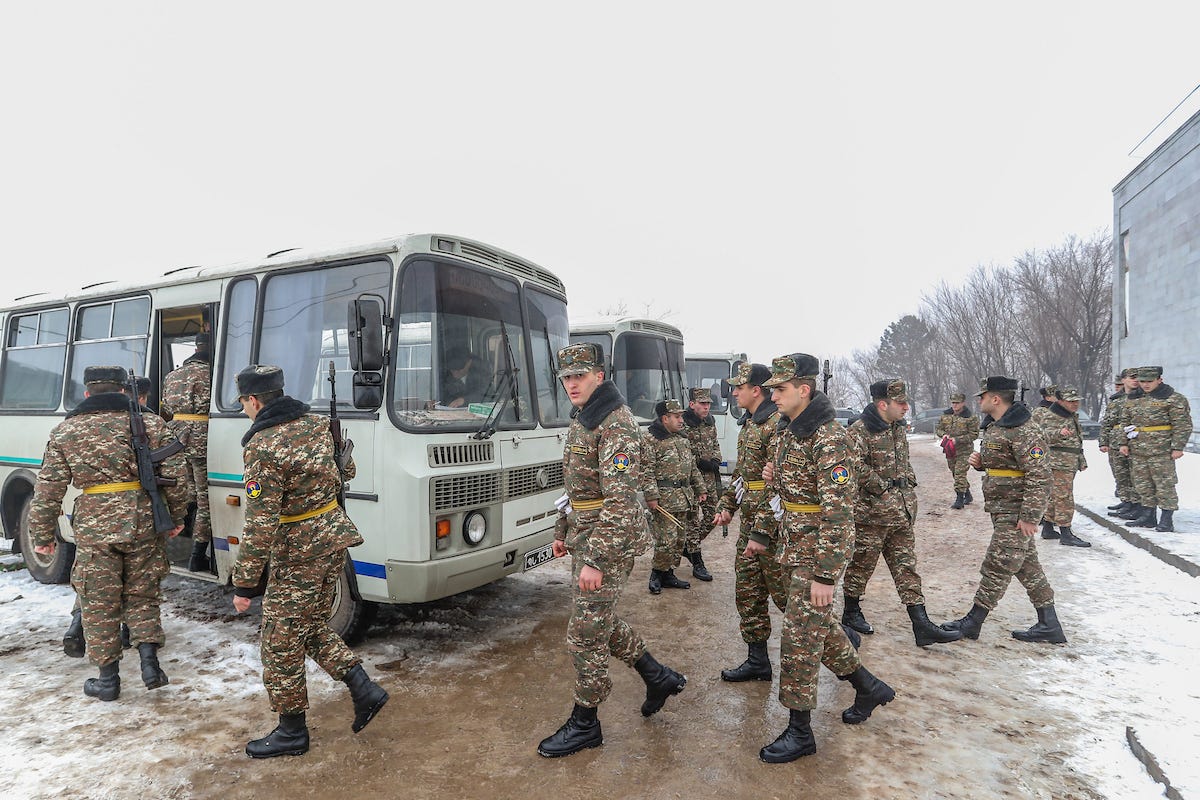
Cultural and Historical Insights:
Beyond the conflict, Armenia's rich cultural heritage is evident in landmarks like the Temple of Garni and Geghard Monastery, showcasing medieval Armenian monastic architecture and artistry. The Lavash bread, a culinary staple, symbolises the enduring traditions of Armenian life.
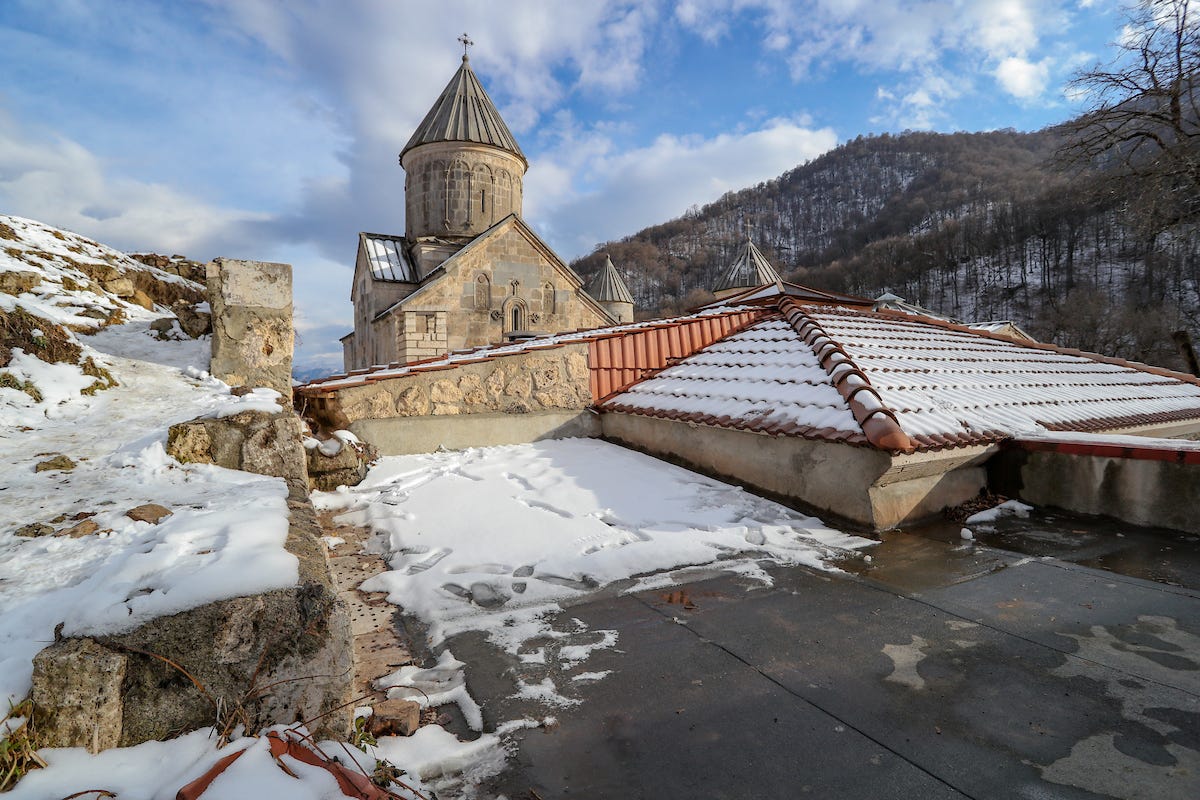
During my travels, I also encountered the devastating impact of natural disasters, such as the 1988 earthquake in Spitak, which claimed 25,000 lives and left 500,000 homeless. The city's reconstruction efforts reflect the resilience and determination of its inhabitants.
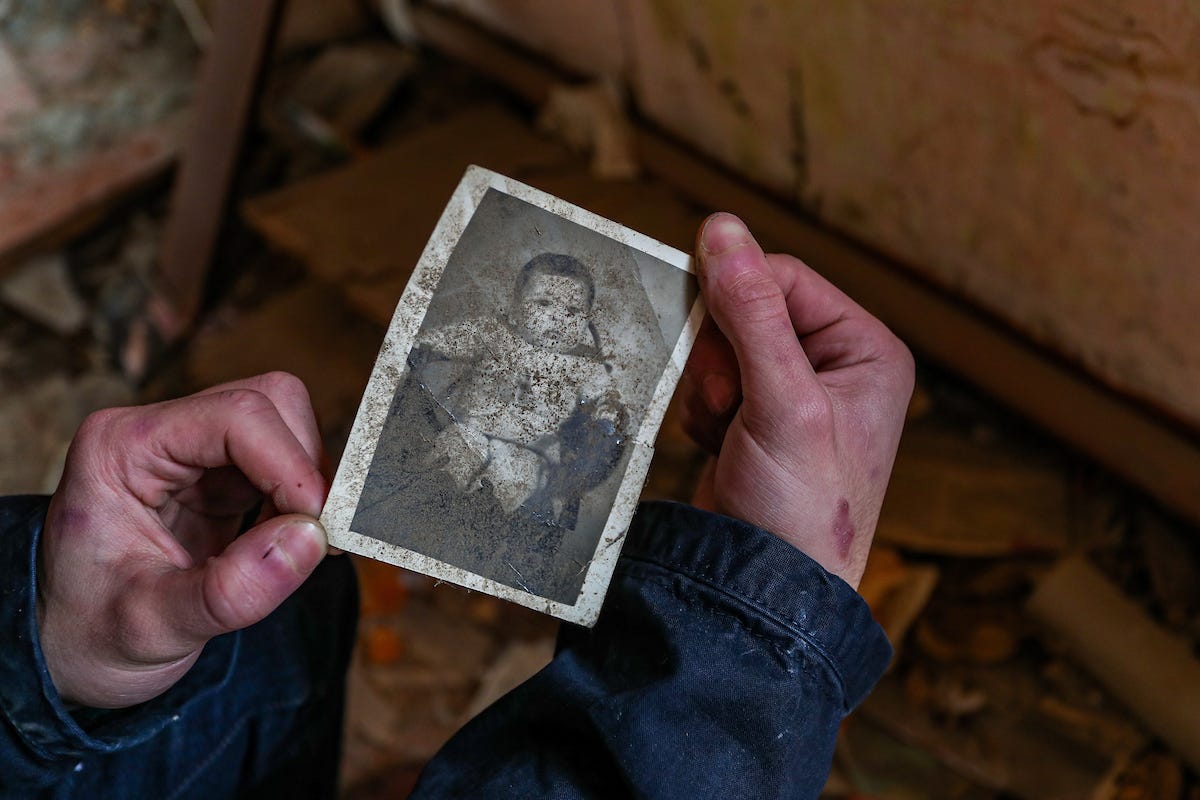
2021 and Beyond:
In 2021, Armenia continues to grapple with the aftermath of the conflict and the challenges of rebuilding. From the bustling streets of Yerevan to the tranquil monasteries of Lori Province, the spirit of Armenia remains unbroken, its people forging ahead with hope and determination.
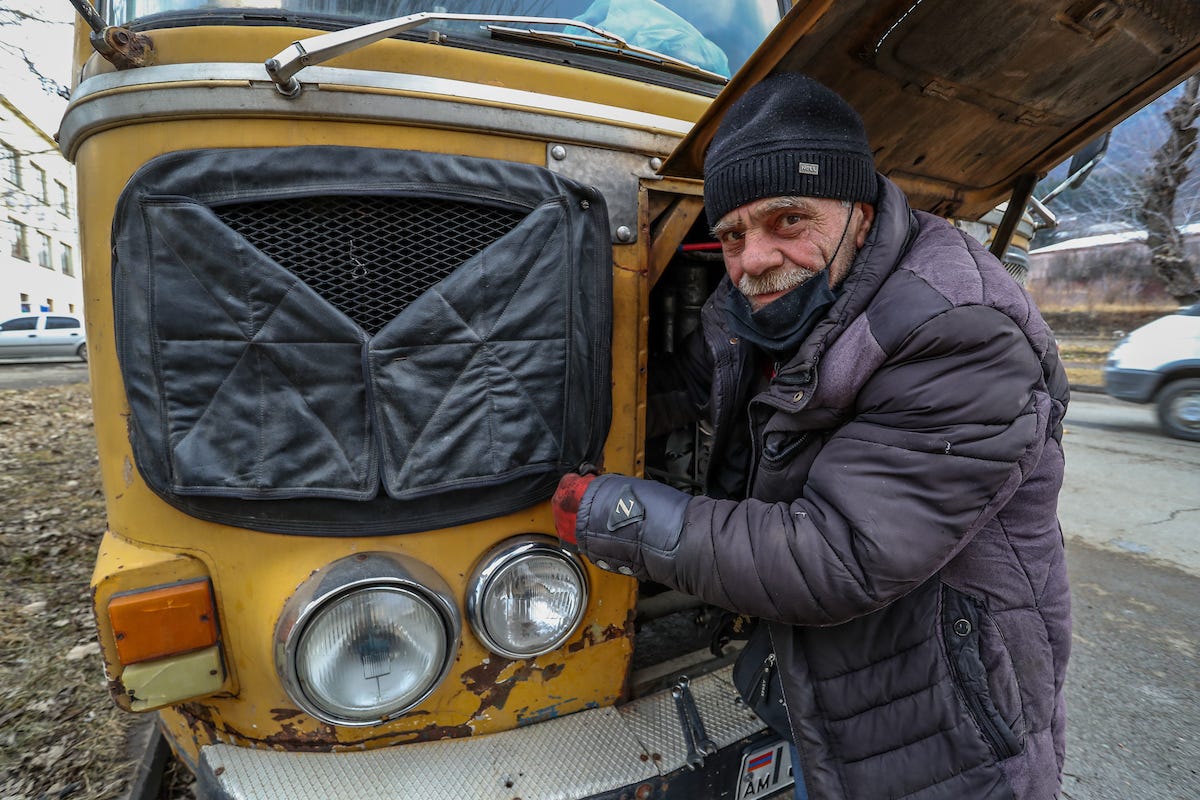
As a photojournalist, I remain committed to documenting these stories, shedding light on the enduring resilience of the Armenian people in the face of adversity.
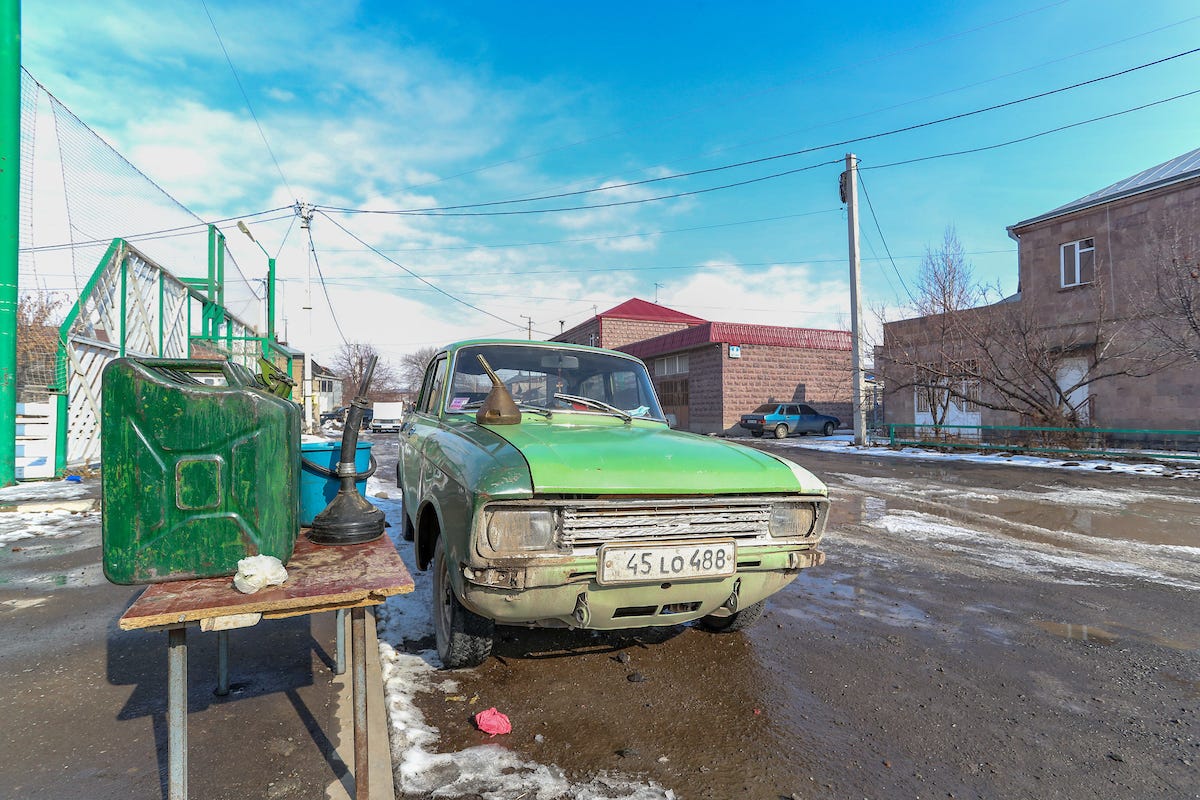
Vudi Xhymshiti, photojournalist.
COVER PHOTO: Alex, an Armenian young local artist, poses at Cascade on Thursday, 14 January 2021. Cascade, a giant limestone stairway in Yerevan, links the downtown Kentron area with the Monument neighbourhood. Construction began in 1971 and was partially completed in 1980. (Photograph by Vudi Xhymshiti for THE PICTURES, via VX Pictures)



